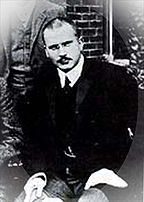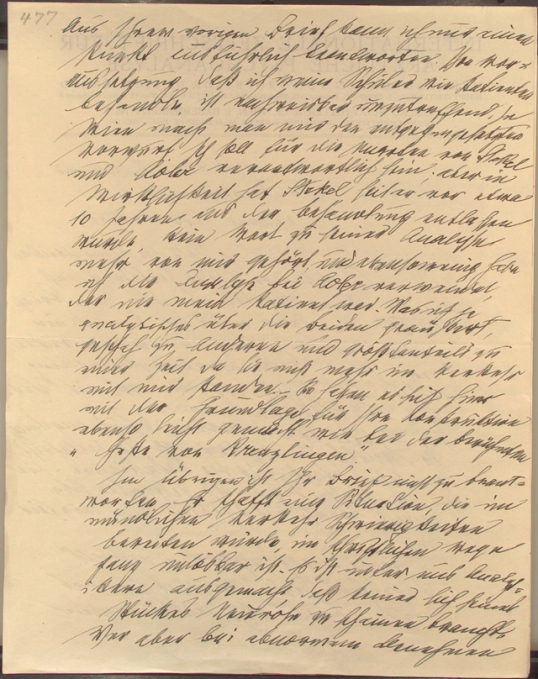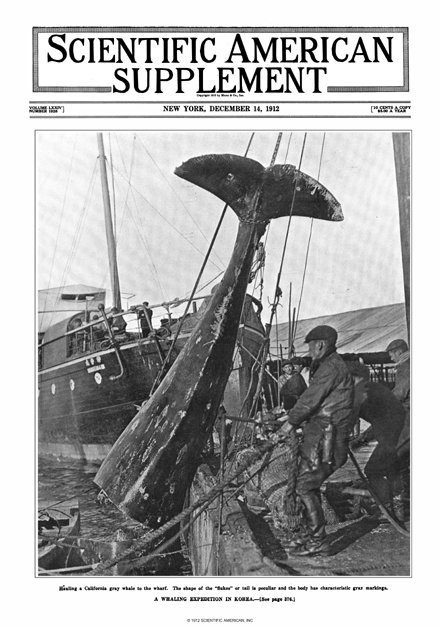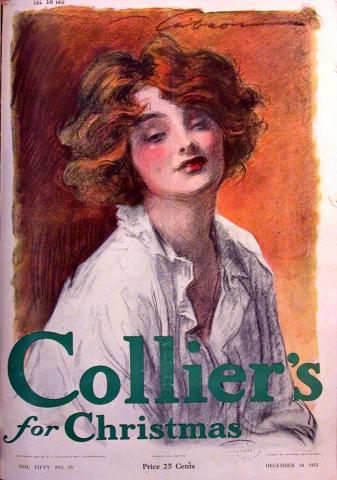Two Psychologists End Their Friendship
Sigmund Freud was born in Pribor, Moravia in the Austrian Empire in May 1856. After moving to Vienna, Austria Freud excelled at school and entered the University of Vienna at age 17.He graduated with an MD in 1881. In October 1885, Freud went to Paris on a fellowship to study with Jean-Martin Charcot, a renowned neurologist who was conducting scientific research into hypnosis. Charcot specialized in the study of hysteria and susceptibility to hypnosis, which he frequently demonstrated with patients on stage in front of an audience. Freud began using hypnosis in his clinical work. One particular patient was invited to talk about her symptoms whilst under hypnosis. This led Freud to encourage patients to talk freely about whatever ideas or memories occurred to them without recourse to hypnosis. He also started to interpret their dreams. In 1899 he published The Interpretation of Dreams which introduced the concept of the Unconscious.
Carl Gustav Jung was born in Kesswil, Thurgau, Switzerland in July 1875. In 1895, Jung studied medicine at the University of Basel. In 1900, he began working in a psychiatric hospital in Zurich. In 1906, he published “Studies in Word Association” and later sent a copy of this book to Sigmund Freud. They first met in person in Vienna in February 1907, and the two became fast friends. Jung later described his initial impressions of Freud as “…extremely intelligent, shrewd, and altogether remarkable.” They corresponded extensively over the next seven years, with Freud viewing Jung as protégé and heir to psychoanalysis.
As their friendship grew, Freud viewed Jung as the most innovative and original of his followers but was unhappy with Jung’s disagreement with some of the basic tenets of Freudian theory. Jung believed that Freud was too focused on sexuality as a motivating force. He also felt that Freud’s concept of the unconscious was limited and overly negative. Instead of simply being a reservoir of repressed thoughts and motivations, as Freud believed, Jung argued that the unconscious could also be a source of creativity. By 1912 their disagreements had become frequent and pronounced. When Jung resigned from the International Psychoanalytic Congress, the hostility growing between the two was readily apparent in the letters they exchanged. At one point, Jung scathingly wrote, “…your technique of treating your pupils like patients is a blunder. In that way you produce either slavish sons or impudent puppies… I am objective enough to see through your little trick.”
On January 3, 1913 the break between Freud and Jung was complete. Freud wrote a letter to Jung in which he makes clear :
“Your allegation that I treat my followers as patients is demonstrably untrue. . . . It is a convention among us analysts that none of us need feel ashamed of his own neurosis. But one [meaning Jung] who while behaving abnormally keeps shouting that he is normal gives ground for the suspicion that he lacks insight into his illness. Accordingly, I propose that we abandon our personal relations entirely.”














